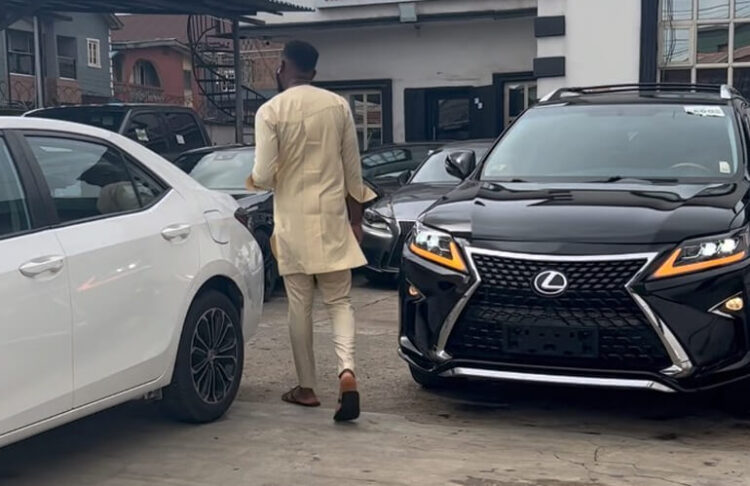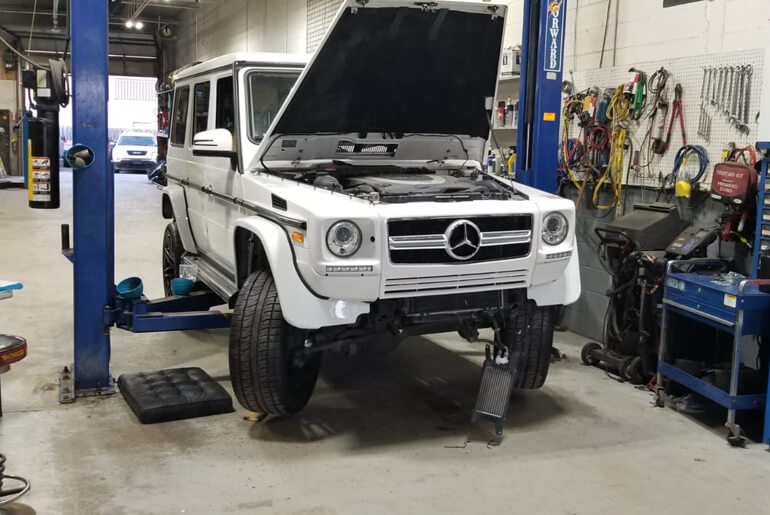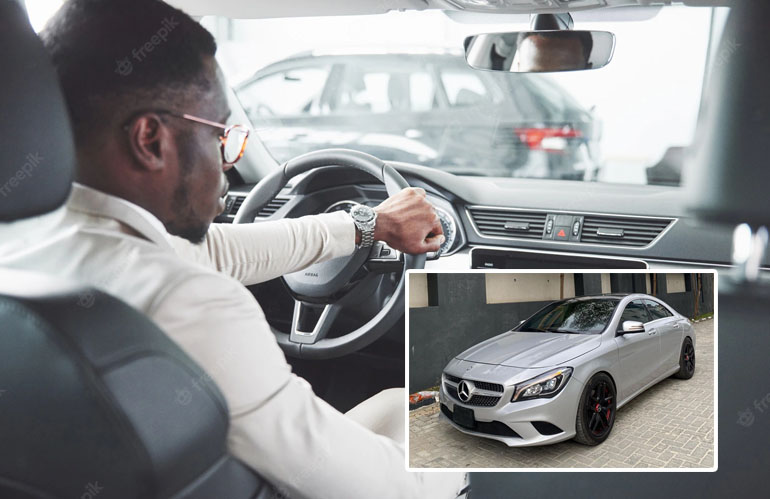If you are reading this article, chances are, you are already planning of buying cars for yourself, purchasing a used car can seem confusing, and with so many things to consider, it can also feel overwhelming. even if you are taking a mechanic for the inspection, how much do you trust the mechanic, gaining basic inspection tips can make things easy, before you purchase a used car, take some time to check the exterior, interior, and underneath the hood to make sure there aren’t any major problems.
Table of Contents
Take the car for a test drive to see how it handles on the road. Last but not least, check the vehicle’s history and negotiate a reasonable price before coming to a final decision.
If you are still at an early stage of searching for a used car, you might be interested in first checking our Price checker, there you will see the latest price of any vehicle you want to buy before making your final decision.
Inspecting Vehicle Interior
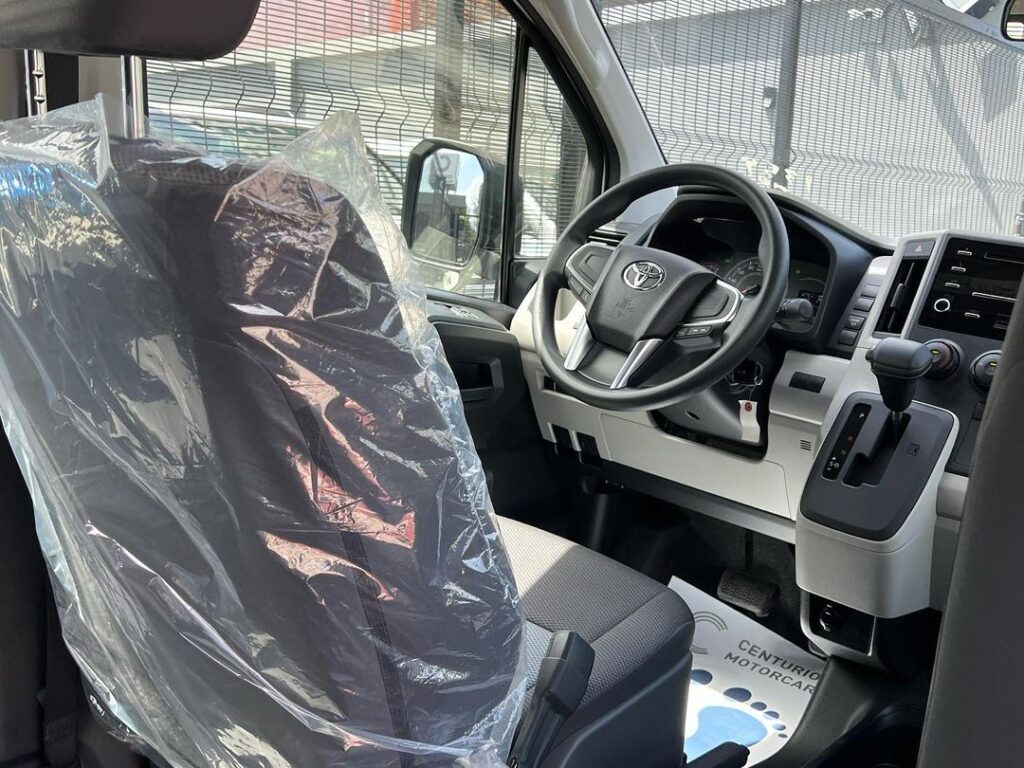
The inside of a car may matter the most to you because that’s where you’ll spend the majority of the time while you own the car.
Have 1 million naira and above to Buy or Sell Cars In Nigeria?Check carlots.ng RIght Now RIght Now
Odour: When you first open the car door, sniff inside the interior. A musty, mouldy, or mildewy smell could indicate water leaks. Remove the floor mats and check for wet spots on the carpet. An acrid smell may indicate that the car was used by a smoker. Check the lighter and ashtray (if so equipped) for evidence. Some odours, such as mould and smoke, can be very hard to get rid of.
Seats: Try out all the seats, even if you probably won’t sit in the rear. Upholstery shouldn’t be ripped or badly worn, particularly in a car with low mileage. Try all the seat adjustments to make sure that they work properly and that you can find a good driving position.
Pedals: The rubber on the brake, clutch, and gas pedals gives an indication of use. A car with low miles shouldn’t show much wear. Pedal rubber that’s worn through in spots—or brand new—indicates that the car has been driven a lot.
Instruments and controls: Turn on the ignition switch without starting the engine. You should make sure all the warning lights—including the check engine light—illuminate for a few seconds and go off when you start the engine. Note whether the engine is hard to start when cold and if it idles smoothly. Then try out every switch, button, and lever.
With the engine running, turn on the heater full blast to see how hot it gets, and how quickly. Switch on the air conditioning and make sure it quickly blows cold.
Sound system: Check reception on AM, FM, and satellite radio. If the car has a CD player, try loading and ejecting a disc. Take your smartphone or MP3 player with you, and plug it in and/or pair it via Bluetooth.
Roof: Check the headliner and roof trim for stains or sags to see whether water is leaking through ill-fitting doors or windows. Check to see that the sunroof or moonroof opens and closes properly and seals well when shut. Inspect a convertible top for tears by shining a flashlight up on it.
Trunk: Use your nose as well as your eyes. Sniff and look for signs of water entry. See whether the carpeting feels wet or smells musty, and check the spare tire well for water or rust.
Inspecting Vehicle Exterior
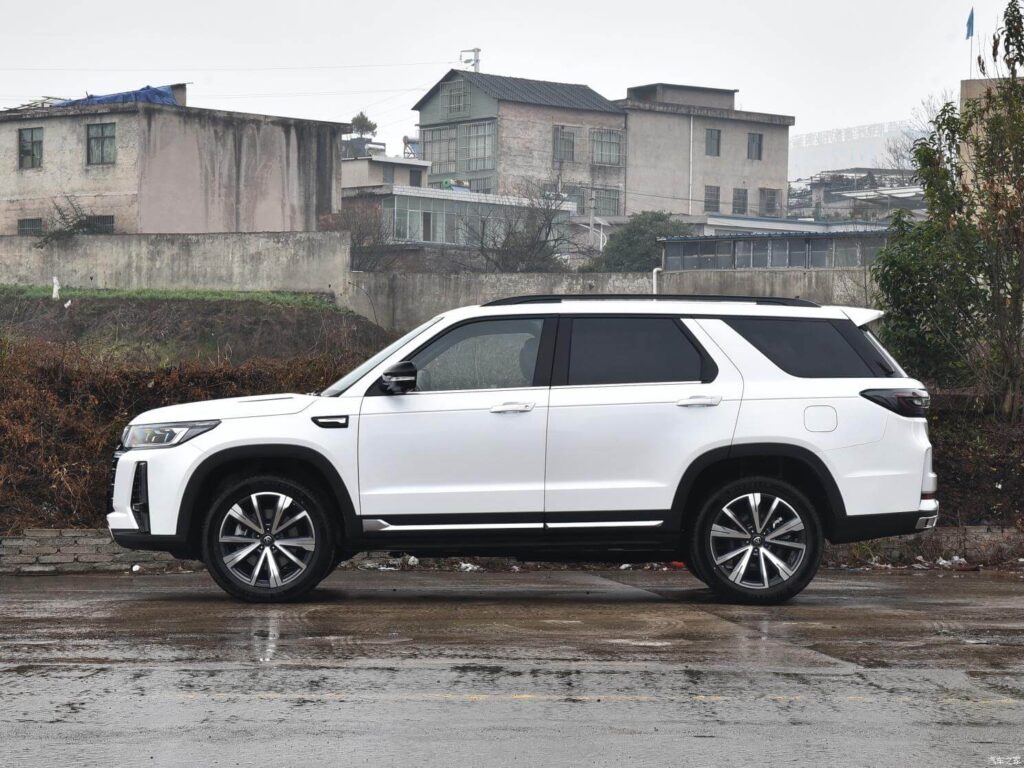
Park the car on level ground before checking it out: Inspecting the car on even ground allows you to see if anything in the undercarriage is out of line or sagging. It also makes it easier for you to see and check the state of the tires. Engage the parking brake and turn the front wheels to the left so the vehicle is less likely to move.
Look for rust spots, dents, or scratches in the paint job: The car should be clean so the paint condition is visible. Look at the sides of the car from end to end for waviness that indicates a shoddy paint job. Run your finger along the edges of the joints between panels and look for roughness that could be from the residue left from masking tape.
Glass: Look carefully at the glass to make sure there are no cracks or large, pocked areas. A small stone chip might not be cause for alarm, though you should bring it up in negotiations. But cracks in the windshield will worsen and lead to a costly repair.
Suspension: Walk around the car to see whether it’s sitting level. Push down on each corner. If the shock absorbers are in good shape, the car should rebound just once, not bounce up and down. Grab the top of each front tire and tug it back and forth. If you feel play in it or hear a clunking sound, the wheel bearings or suspension joints may be shot.
Lights and lenses: Have a friend confirm that all lights are working. Make sure all light lenses and reflectors are intact and not cracked, fogged with moisture, or missing.
Tires: You can tell a lot from the tires. A car with less than, say, 20,000 miles should probably still have its original tires. Be wary of a low-mileage car with new tires, and check that all four tires are the same. If there are different branded tires on the car, ask why they have been replaced. Treadwear should be even across the width of the tread, and the same on the tires on the left and right sides of the car. Ask whether the tires have been regularly rotated. If not, the wear is usually more severe on the drive wheels.
Inspect the exhaust system and the undercarriage for rust and damage: Look for any black spots on the exhaust system because this can indicate leaking. Take some time to inspect the frame or unibody for damage and rust.
- If you do see rust, it doesn’t necessarily mean that you shouldn’t purchase the car. But it does indicate wear and tear that could affect the price that you pay.
- A significant amount of rust that includes small cracks or holes could put the exhaust at greater risk of giving out and needing expensive repairs.
- Damage such as dents or cracks in the exhaust system are major red flags. Don’t purchase a vehicle with exhaust damage unless you’re prepared to pay for repairs.
Avoid cars with frame damage: Frame damage, even if it was repaired, will greatly reduce the life expectancy of a used car. Check the undercarriage and where it connects the front fenders and holds the top of the radiator. It may be welded or bolted in. Inspect the bolt heads at the top of the fenders inside the hood. A car with a damaged or repaired frame is much more likely to break down sooner than a car without a damaged frame.
Inspecting Under the Hood = Engine-Related Components
It’s best to make these checks with the engine cool. First, inspect the general condition of the engine bay. Dirt and dust are normal, but be wary if you see oil splattered about or on the pavement below. Also be on the lookout for a battery covered with corrosion, or wires and hoses hanging loose.
Hoses and belts: Squeeze the various rubber hoses running to the radiator, A/C, and other parts. The rubber should be firm and supple, not rock-hard, cracked, or mushy. Feel the drive belts to determine whether they are frayed.
Fluids: The owner’s manual will point out where to look to check all fluid levels. Engine oil should be dark brown or black but not gritty. If the oil is honey-coloured, it was just changed. If the dipstick has water droplets on it or shows grey or foamy oil, it could indicate a cracked engine block or blown head gasket, two serious problems.
Check the automatic transmission fluid with the engine warmed up and running. On some vehicles, the dipstick has two sets of marks for checking when the engine is either cold or warm.
Transmission fluid should be pinkish, not brown, and smell like oil, with no “burnt” odour. The dipstick shouldn’t leave visible metal particles on the rag, another sign of a serious problem. Power steering and brake fluids should be within the safe zone.
Radiator: Look into the plastic reservoir that’s connected by a rubber hose to the radiator. The coolant should be greenish or orange, not a milky or rusty colour. Greenish stains on the outside of the radiator are a sure sign of leaks.
Battery: Some “maintenance-free” ones have a built-in charge indicator: Green usually means the battery is in good shape, and yellow or black usually means it’s dying. These reveal the condition of just one cell and might not give an accurate reading on the health of the whole battery. If the battery has filler caps, wipe off the top with a rag, then carefully pry off or unscrew the caps to look at the liquid level. A low level may mean that the battery has been working too hard. Any competent mechanic can check out the charging system and do a load test on the battery.
Electric vehicles and hybrids: Make sure the battery is fully charged before a test drive, so you can observe its projected range. For hybrids, check the in-car display to ensure that the battery is charging and discharging while you drive.
Inspecting Under the Vehicle
If you can find where the vehicle is usually parked, look for marks from old puddles of gasoline, oil, coolant, or transmission fluid. Clear water that drips from under the car on a hot day is probably just water condensed from the air conditioner.
Tailpipe: Feel it for residue. If it’s black and greasy, it means burnt oil. The Tailpipe smudge should be dry and dark grey. Though some rust is normal, heavy rust could mean the vehicle needs a new exhaust system.
Underneath: If the vehicle is high enough to slide under, you may be able to do some basic checks. Spread an old blanket on the ground and look under the engine with a flashlight. If you see oil drips, oily leaks, or green or red fluid on the engine or the pavement beneath the car, it’s not a good sign.
Examine the constant-velocity-joint boots, which are the round, black-rubber bellows at the ends of the axle shafts. If they are split and leaking grease, assume that the car has bad CV joints, another costly repair.
Structural components with kinks and large dents in the floor pan or fuel tank all indicate a past accident. Welding on the frame suggests that a section might have been replaced or cut out to perform repair work. Fresh undercoating may hide recent structural repairs.
Should I Take a Mechanic during the Car Inspection?
Your mechanic will be very useful during the vehicle inspection but be sure to confirm the vehicles the mechanic is familiar with, especially in Nigeria where one mechanic can claim to have known how to fix all cars, each mechanic knows some vehicles they can fix not all cars.
Before you finalize the purchase make sure there is a mechanic, If a salesperson tells you that an independent inspection is not necessary because the dealership has already done it, insist on having your mechanic and your present look at it. If a private seller is reluctant to let you drive the car to a shop, offer to follow the seller to the inspection shop.
Test drive the car before making any final decisions
Test driving a car is perhaps one of the best ways to know the condition of the car. Hence, a buyer should make all effort to do a test drive first before coming to any decision.
Have the seller ride with you so you can ask them questions about the vehicle while you drive it and so they’re not worried about you driving off with the car. During your test drive, drive about 15-20 mph down a flat road, then move your hands slightly off the steering wheel. If the car pulls left or right, it may just need an alignment, or it could be a sign of a bigger problem.
You should also take the vehicle to a highway or freeway and bring the speed up to about 60 mph to make sure the car doesn’t wobble. If it does, the tires may be out of balance.
Have 1 million naira and above to Buy or Sell Cars In Nigeria? Check carlots.ng
All rights reserved. Reproduction, publication, broadcasting, rewriting, or redistribution of this material and other digital content on carmart.ng is strictly prohibited without prior express written permission from Carmart Nigeria - Contact: [email protected]


